Take two governments, place them on the same continent, draw a line on the ground, and watch as circumstances beget a thousand cultures.
For the third year at City’s Binational Conference on Border Issues, presenters from City and outside universities have attempted to define what makes the border what it is.
From a discourse that ever strays from the tangible line in the ground, to vague intimations of a border identity, the conference encompasses all factors — topographical, political, cultural — from both sides of the border, and made to fit, however awkwardly at times, into one perspective.
Scholars are enticed to put a name to this perspective, one which does not compromise the reality in favor of a pithy phrase. One suggestion has been “fronterizo.”
Yesenia Macias, a City student who addressed those assembled at the conference on Nov. 29, described a fronterizo as having a perspective “from neither here nor there,” a binational, bicultural and possibly bilingual person who would be equally at home on either side of the border.
Last year, Macias directed a documentary, “Una Identitad Sin Fronteras” (“An Identity Without Borders”), a collection of personal responses in English and Spanish on how the subjects self-identify.
“One of the interviews which is so interesting to me was … a guy that just got deported from San Diego,” she said. “He argued that he considered himself an American.”
“I did everything that an American does. Even more,” Jose Hernandez states in the documentary, “I’ve been there since 2 years old, I lived there, I went to school from kinder- to high-school, I had my family over there, I worked over there, I did my taxes over there.”
“He said on the documentary … ‘I don’t know the Mexican culture. I studied in the American schools, I know American history. I don’t think I’m Mexican,'” Macias said.
Chicano, Mexicano, Latino, fronterizo — all are labels, either self-imposed or used to describe others, which compose the population existing in the border region, where cultures proliferate with each wave of migration.
The process is one of perpetual assimilation, which might be why, as Laura Castañeda, chairperson of City College communications department, argued, the media has not given much attention to border people.
“Before today, I’ve never heard the phrase fronterizo,” Castañeda said, “But the media certainly hasn’t heard of that. And a lot of times the media doesn’t know what to do with border people, or fronterizos. So, just like you have some question of self identity, the media does, too.”
Seven percent of City’s population, or 1,223 students, were reported as immigrants in City’s fall census. Additionally, 420 students were reported to hold a visa other than from the U.S.
“You don’t have to be crossing the border everyday to be a fronterizo,” Macias said, “To be fronterizo can even be just staying on one side of the border, but being affected from the other side.”
Newscene, a news program produced by City students, happened into border reporting on an unfortunate story: the murder of City student Diana Gonzales and the year long search for her estranged husband, Armando Perez, which ended when he was captured in Tijuana.
“A wonderful student of mine by the name of Alice Kim, who’s Korean-American, who doesn’t speak Spanish, was my best reporter at that time, and I said you gotta go, you gotta go,” Castañeda said.
“She went and she called me that night in tears. Because she had the most unplanned day of her life. She had never crossed the border walking. She got caught by one of the ‘Oh, come in this line, get in the van, it’s much faster,’ (people). You know, the pedestrian line where they pull that on you; ‘Oh, it’s just $5.’ Well, she didn’t get home until almost 9 o’clock that night.”
Justin Akers Chacon, a Chicano studies professor, traced the present border issue to the ideas of Ricardo Flores Magon, a figure of the Mexican Revolution.
“Philosophically, through the words of the Magonista press, the idea that the nation state had the right to determine who could move across the border and who couldn’t was a flawed idea,” he said, “Flores Magon and his co-thinkers asserted the idea that sovereignty existed in the people.”
Martha Carolina Preciado is co-founder of the All My Friends Music Festival, held annually in Tijuana. It’s creators said it was designed to erase the negative stereotypes of Tijuana as a dangerous place, and to strengthen cultural ties with its sister city to the north.
“I use a lot the word reclaim, because instead of looking at it negative, ‘Oh, I don’t know where I belong,’ or ‘Where should I be?’ I just embrace the fact that I don’t know where I’m supposed to be and this is who I am,” Preciado said of the fronterizo identity.
“I don’t have to be in this category of Mexicano, or Chicano. I’m a fronterizo. I’m a person who crosses the border.”

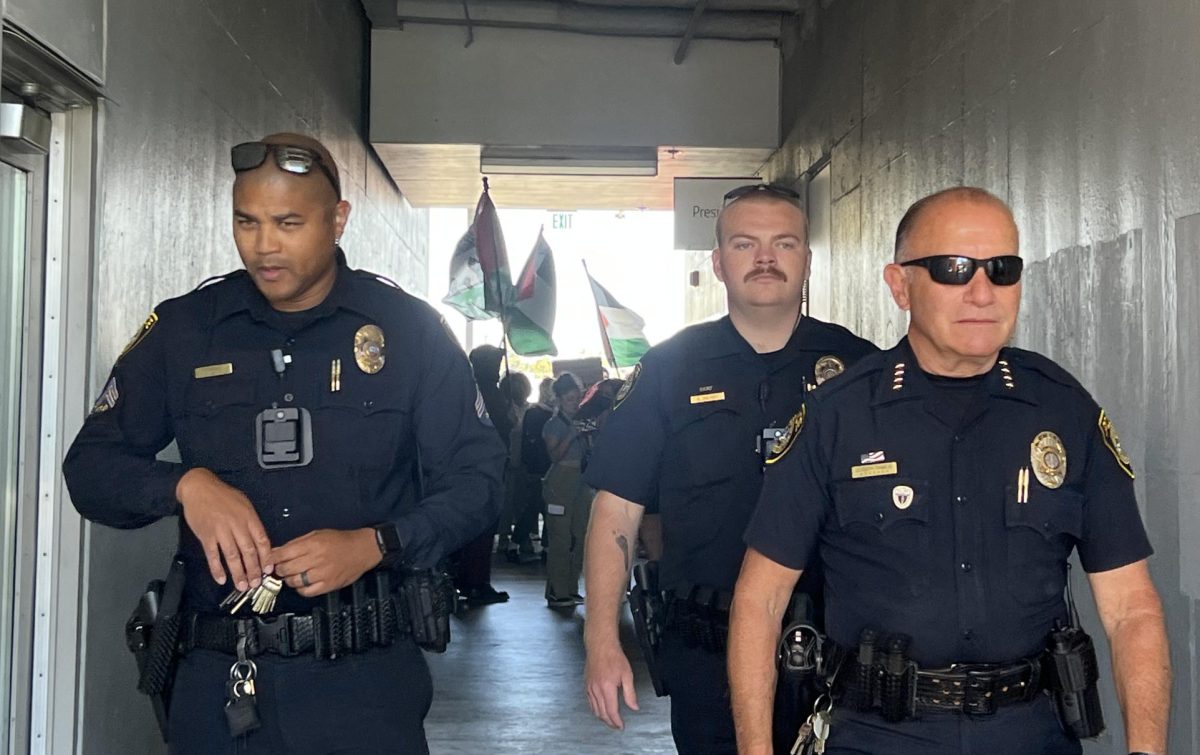
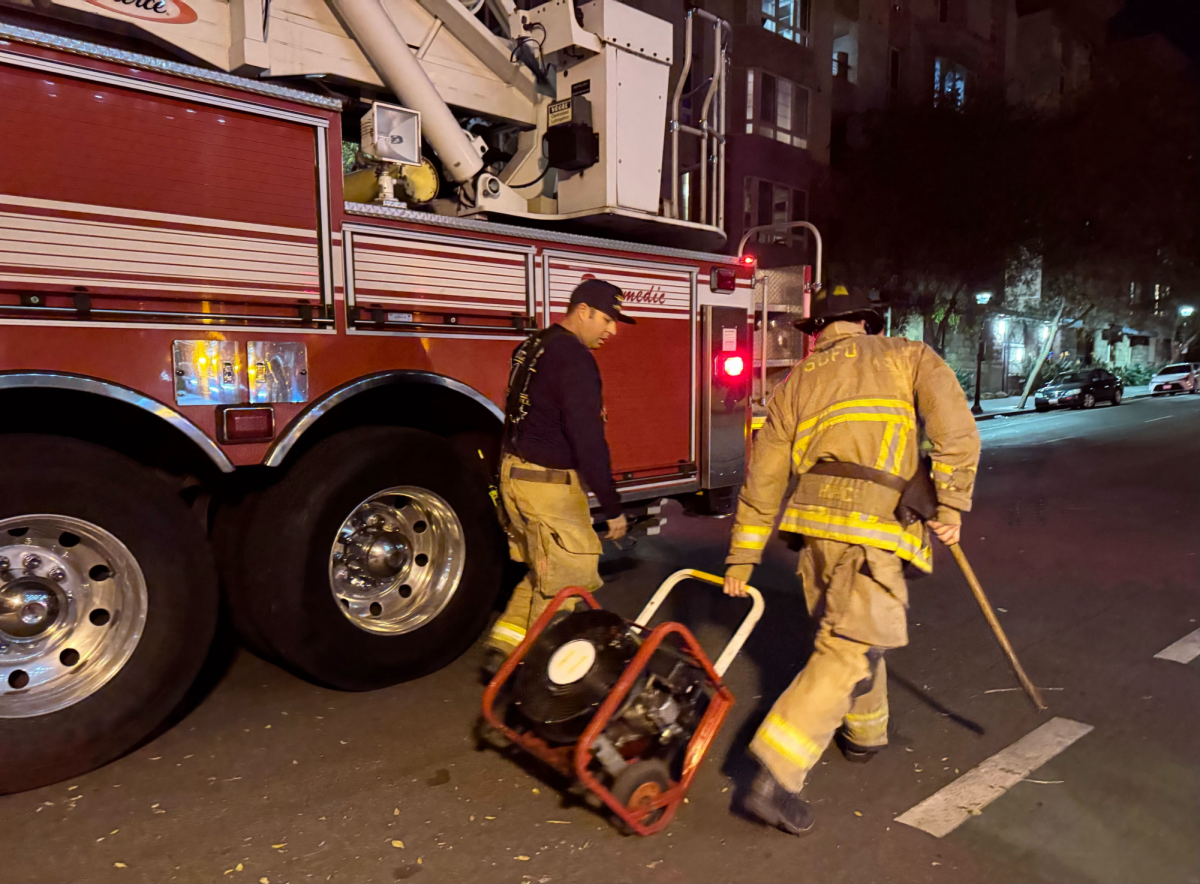
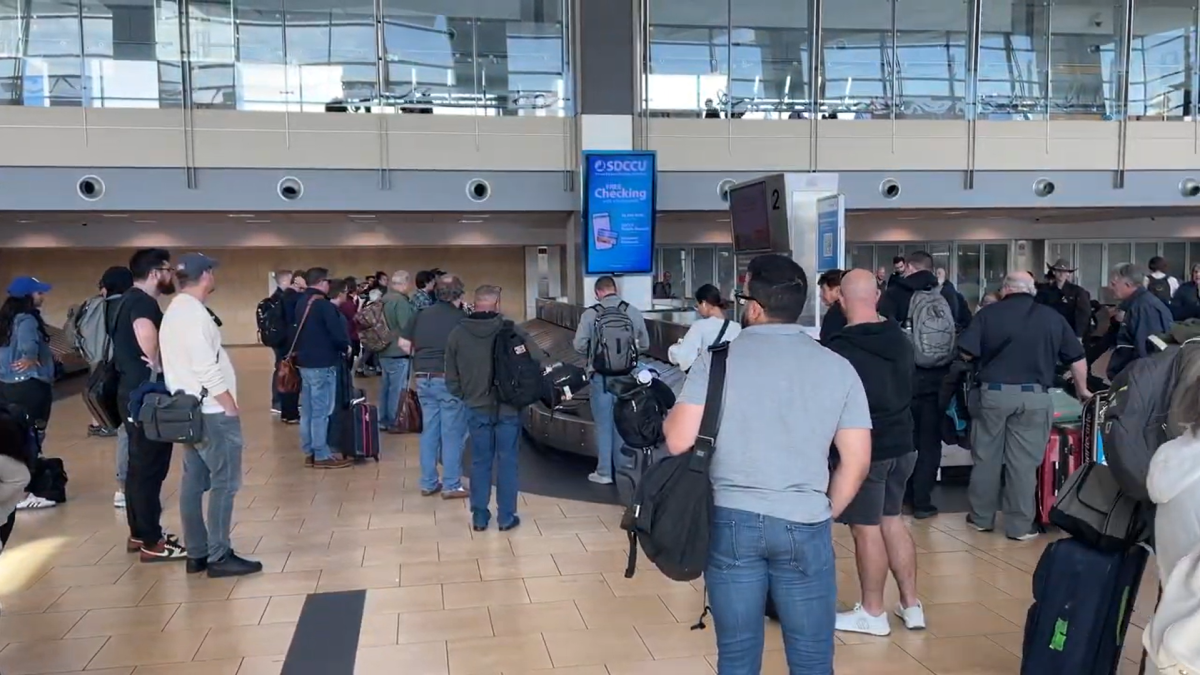
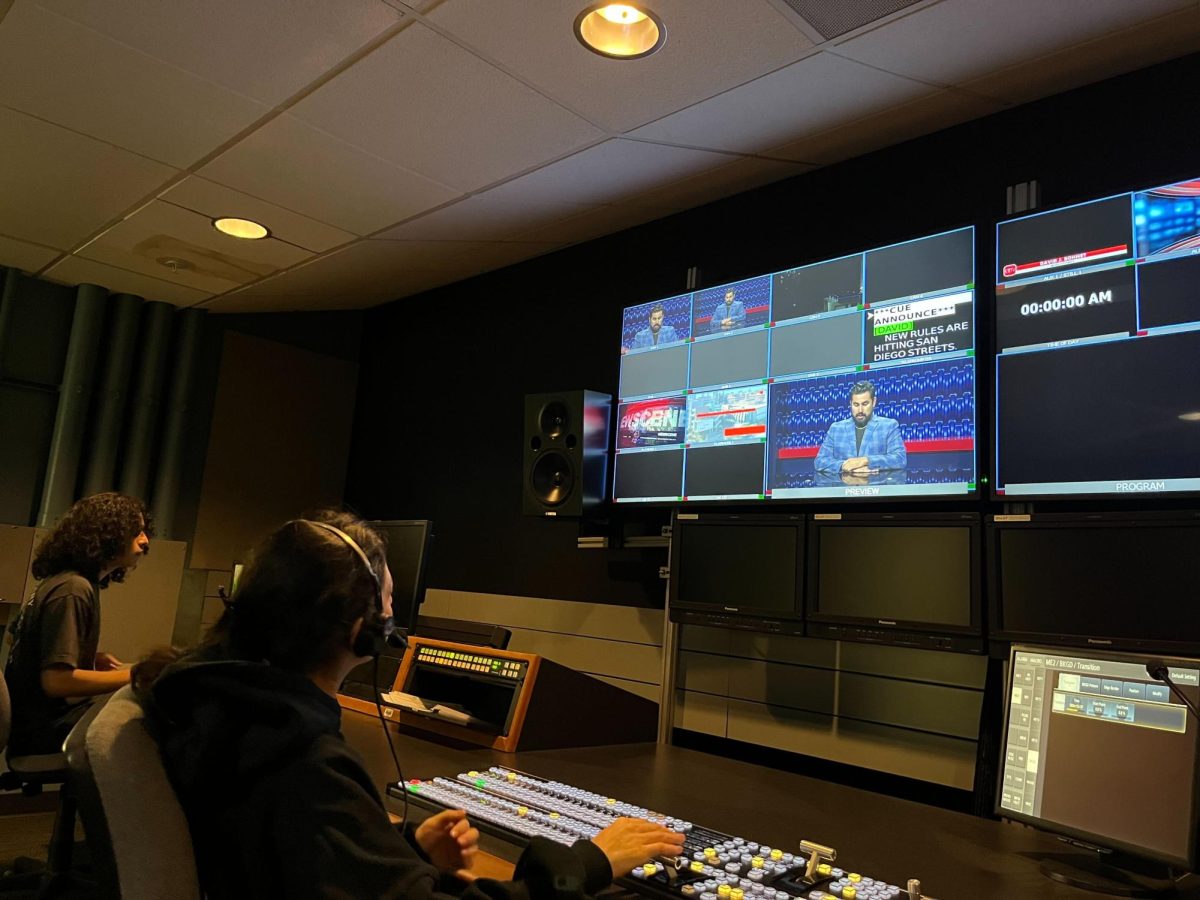
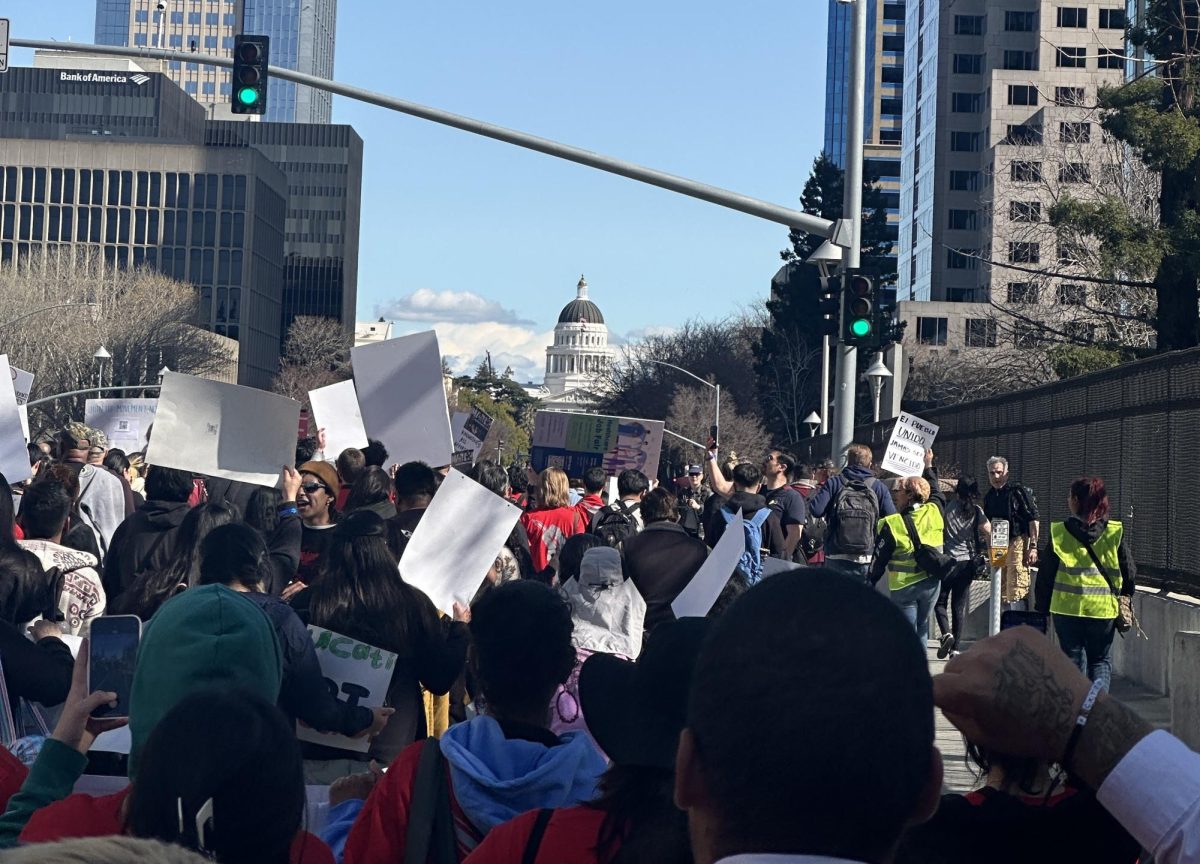


Alexcis • Dec 21, 2012 at 2:27 am
I live in Mexico (on the west coast near Puerto Vallarta) and feel very safe where I live. Despite the horrific news of crime in ceraitn areas of Mexico, mostly on the border areas, most of Mexico is safe. Wherever we live, wherever we travel, common sense and vigilance should be used.Oaxaca is a wonderful, vibrant, interesting city full of culture and amazing art and handcrafts. Great food, too. If there is one place in Mexico you should visit, this is it. Kathleen